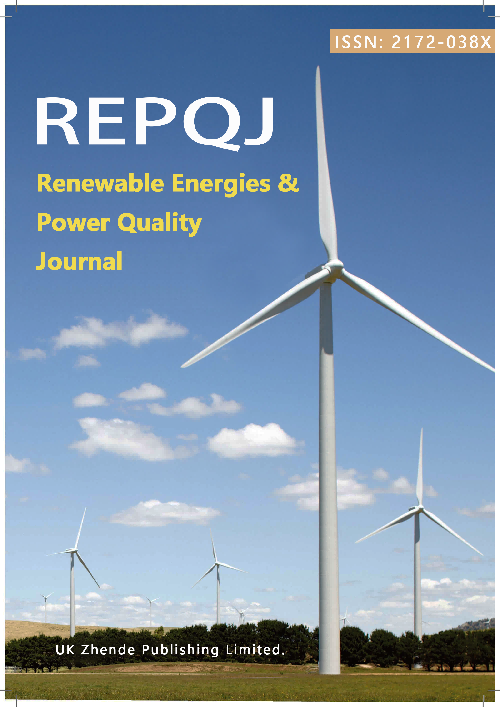Two-stage optimization for energy management and power allocation in a Virtual Power Plant of residential microgrids
DOI:
https://doi.org/10.52152/4557Keywords:
Distributed energy resources; Energy management system; Microgrid; Flexibility market; Virtual power plantAbstract
This paper proposes a dual-stage optimizationprocess for a Virtual Power Plant that aggregates resources from various residential microgrids with photovoltaic generation, energy storage systems, and electric vehicles with bidirectional charging possibilities. The optimization objectives include cost reduction, peak shaving, and flexibility service provision. In the first stage, a genetic algorithm is employed to perform daily energy scheduling for the entire Virtual Power Plant, focusing on economic objectives, peak shaving and participation in flexibility markets. The second stage utilizes non-linear programming to optimize the 1-minute power allocation for each microgrid's resources, aiming to minimize the power exchange between each microgrid and the distribution grid. The proposed method demonstrates significant performance improvements, achieving a 29% reduction in electricity bill, peak shaving of up to 10 kW, and a reservation band of approximately 4 kW for flexibility service provision. The resources of the microgrids exhibit cooperative behavior, collectively achieving the optimization objectives.
Downloads
Published
Issue
Section
License
Copyright (c) 2025 E. González-Romera, C. Roncero-Clemente, E. Romero-Cadaval, M.I. Milanés-Montero, F. Barrero-González, A.A. Alvi (Author)

This work is licensed under a Creative Commons Attribution 4.0 International License.











